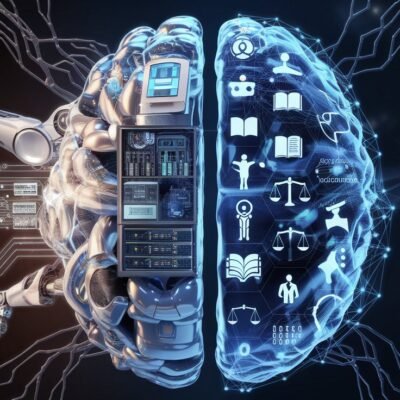
The goals of employment are rapidly transforming with emergent automation and artificial intelligence (AI) with an unprecedented effect on employment. These technologies as they advance are said to improve production and efficiency within work and have on the other hand been associated with job losses.
Transformative Effects of Automation
Automation generally targets regular and repetitive jobs, leaving employment in areas like manufacturing, transportation, and suspecting customer service. A Goldman Sachs analysis forecasts that up to 300 million full-time employments might be impacted worldwide by AI breakthroughs, with about two-thirds of U.S. occupations susceptible to some degree of automation.
Enhancing Human Capabilities
AI is not simply about replacing human work it also supports human talents. For instance, AI systems may aid with difficult problem-solving and decision-making processes, enabling staff to concentrate on more important activities. This dual approach—automation and augmentation—enables a more efficient workforce where people and robots interact successfully.
Preparing for a New Skillset
As automation alters employment positions, there is a growing demand for humans to learn new skills. Emphasis will move toward technical talents and soft skills like flexibility and critical thinking. Organizations must invest in training programs to educate their staff for this dynamic world.
Navigating the Future of Jobs
The future of work, driven by automation and AI, provides both difficulties and possibilities. While some professions may go, other positions will arise, needing a workforce that is competent, adaptive, and ready to embrace technology improvements. By concentrating on education and training, society may negotiate this transition effectively, ensuring that the advantages of automation are equitably shared.
Conclusion
The future of work, driven by automation and AI, provides both difficulties and possibilities. While some professions may go, other positions will arise, needing a workforce that is competent, adaptive, and ready to embrace technology improvements. By concentrating on education and training, society may negotiate this transition effectively, ensuring that the advantages of automation are equitably shared.






